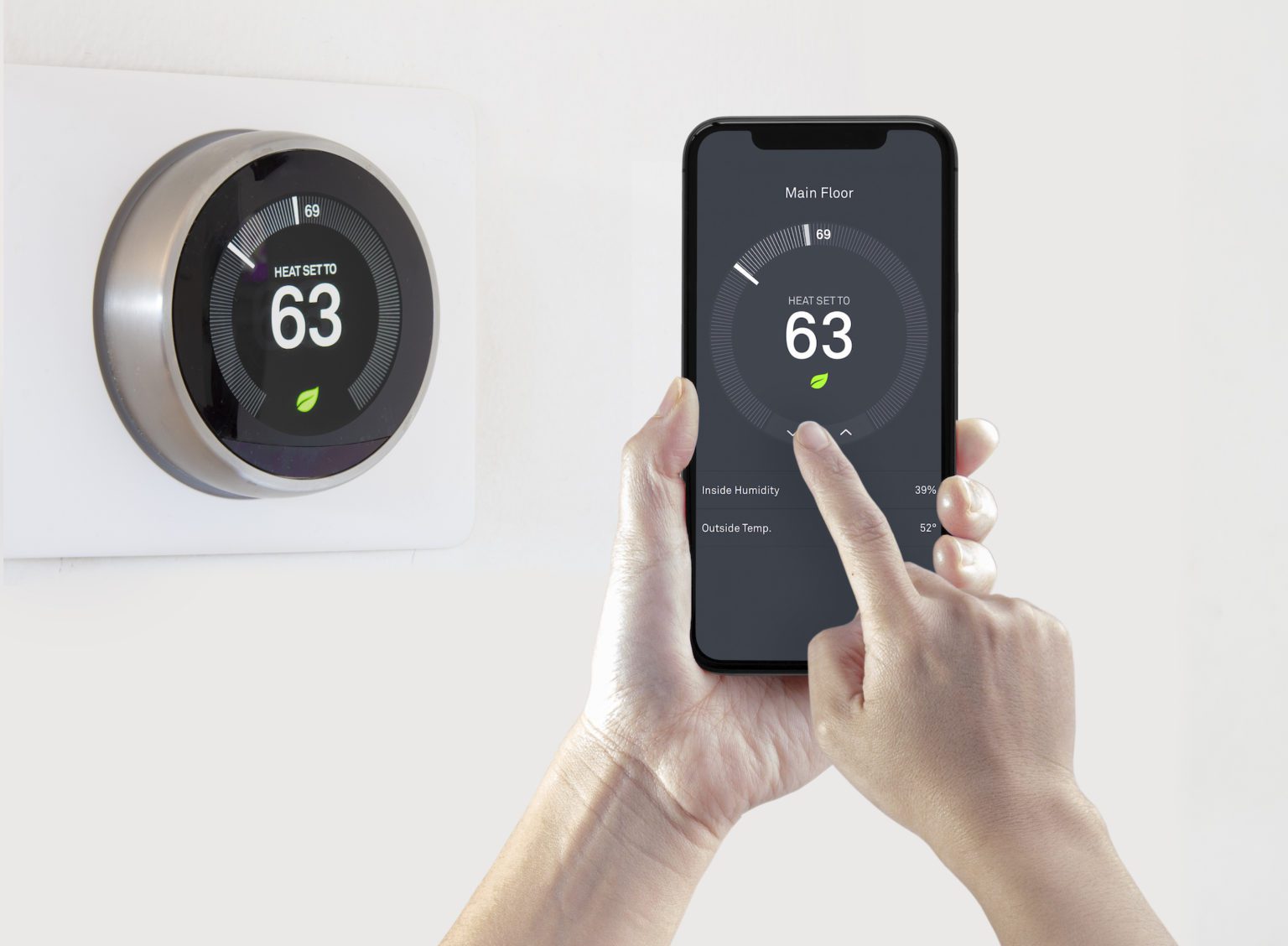As the author of this blog page, I'd like to take a deeper dive into the concept of the Internet of Things (IoT).
The IoT refers to the network of physical objects, devices, and appliances that are embedded with sensors, software, and network connectivity, allowing them to collect and exchange data. This data can be used to automate processes, improve efficiency, and make our lives easier and more convenient.
One of the key benefits of the IoT is its ability to allow devices to communicate and share data with each other and with a central server or cloud platform. This enables a wide range of applications, including home automation, smart cities, industrial control systems, and health monitoring.
For example, a smart thermostat can be programmed to adjust the temperature in a home based on the preferences of the occupants and the weather outside. It can also be controlled remotely through a smartphone app, allowing users to make adjustments from anywhere.
Connected cars are another example of the IoT in action. These vehicles can transmit data about their location, speed, and fuel efficiency to the manufacturer or a central server. This data can be used to improve the performance of the car and alert the manufacturer to any potential issues that need to be addressed.
In the workplace, IoT devices can be used to track the movement and location of employees, as well as monitor the performance of equipment and machinery. Smart cities can use sensors and other IoT technologies to improve traffic flow, reduce energy consumption, and enhance public safety.
However, the IoT also raises concerns about privacy and security. As more devices are connected to the internet, there is a risk that sensitive data may be vulnerable to hackers or other malicious actors. It's important for individuals and organizations to take steps to protect their data and ensure the security of their IoT devices.



Comments
Post a Comment